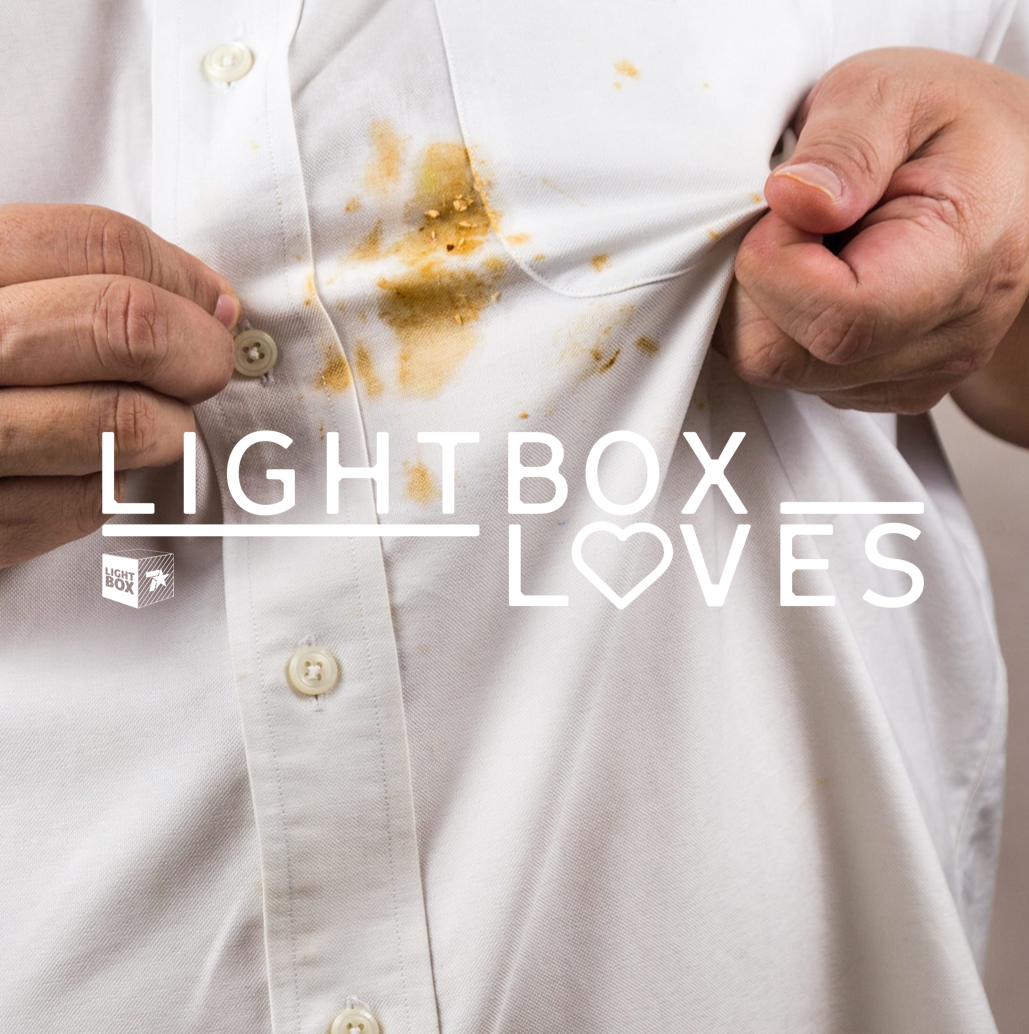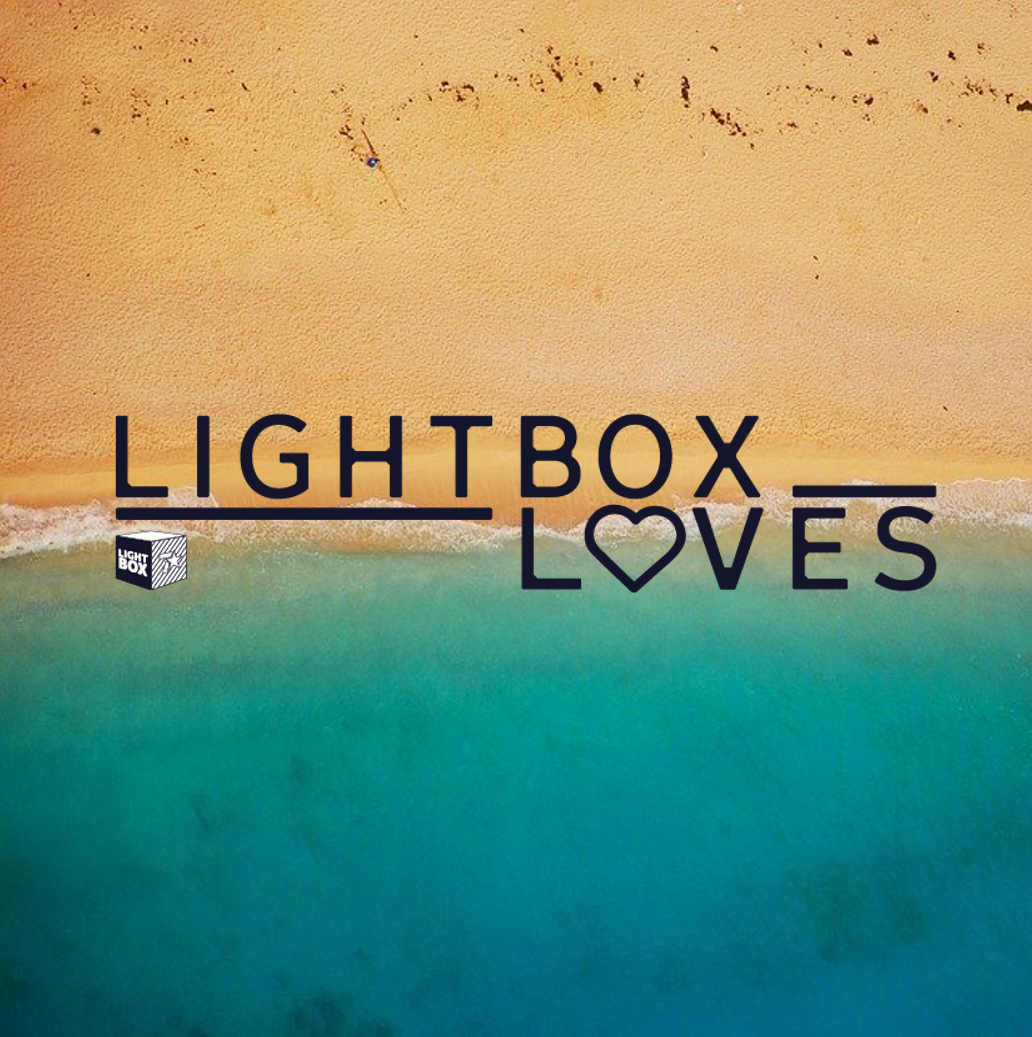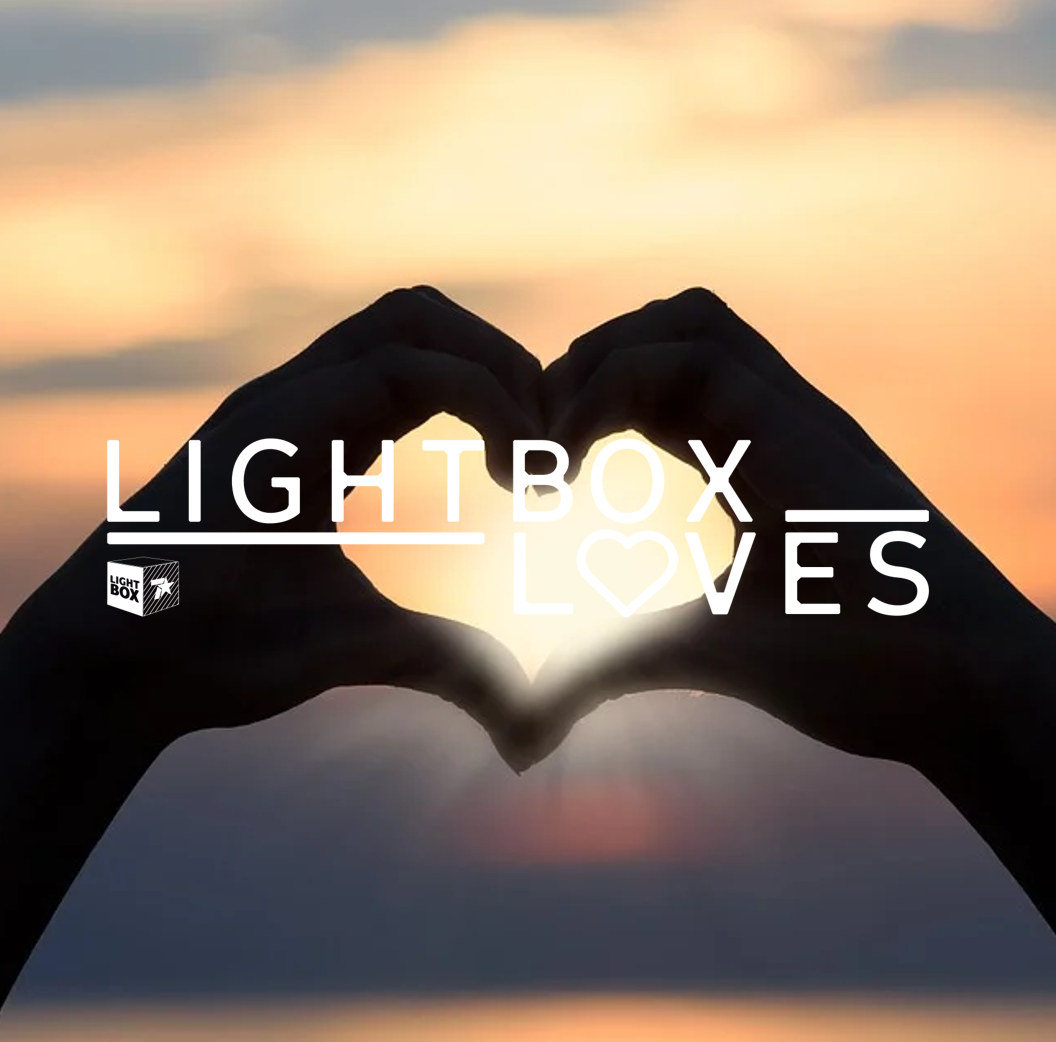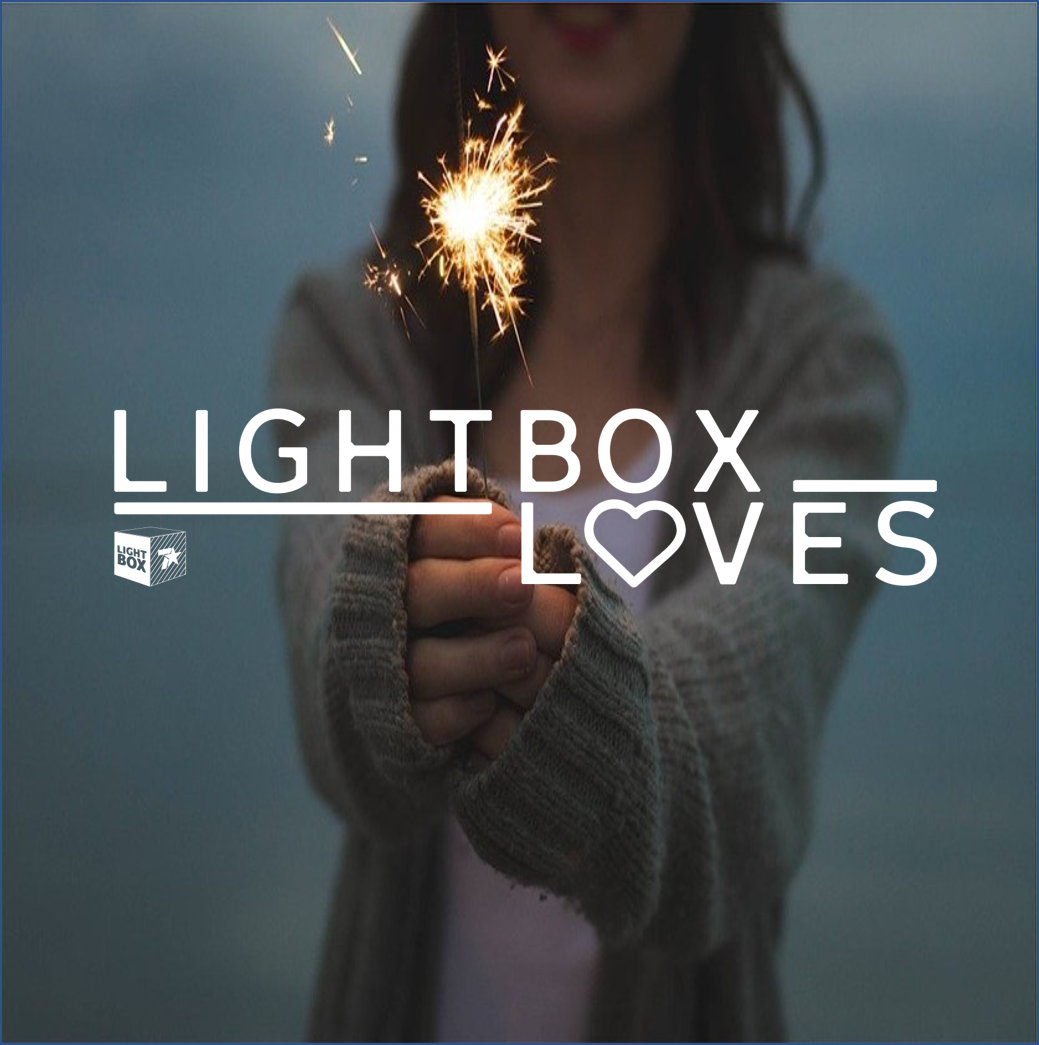
The Pratfall effect is a theory developed by psychologist Elliot Aronson in the 1960s, and according to the theory you can become more appealing or likeable by admitting or demonstrating your own flaws. The theory was discovered after an experiment where Aronson has recorded an actor answering a series of quiz questions. In one experiment group, participants saw the video where the actor simply answered most of the questions correctly. In the other group, participants saw the actor answer the exact same way but during the quiz he spilled a cup of coffee over his shirt. Boths groups were asked to rate the actor’s likeability and Aronson found that the participants found the clumsy actor more likeable.
This type of study has been replicated with different environments, from people rating other’s attractiveness, to during job interviews or when people are choosing which cookies look more appealing to them. All studies demonstrate the Pratfall effect and the appealing nature of authenticity.
Many brands have already used the Pratfall effect within their advertising, from Stella Artois’s ‘reassuringly expensive’ ads to own up to being more expensive that most pints, to KFC’s famous apology campaign where they changed ‘KFC’ TO ‘FCK’ to apologise for running out of chicken in 2018 using full page print ads. Buckley’s cough medicine ad in 1990 using the phrase “People swear by it. And at it. It tastes awful. And it works.” helped them become one of the leading cough and cold medicine brands in Canada.
The Pratfall effect can have the implications of honesty and fallibility, and by owning these flaws the consumer is less likely to think you are lying about the other messaging they see from you. According to Edelman’s Brand Trust report in 2020, 53% of people say that trusting a brand is the second most important factor when purchasing a new brand, only behind price. Therefore, even though it can be a gamble to openly admit a flaw as your ad tagline, it could also be a great way to humanise your brand and be more likeable to consumers.
SOURCES
https://www.theguardian.com/media-network/2015/oct/28/pratfall-effect-brands-flaunt-flaws
https://www.einsteinmarketer.com/pratfall-effect-marketing/
https://www.edelman.co.uk/research/trust-barometer-special-report-brand-trust-2020







Recent Comments